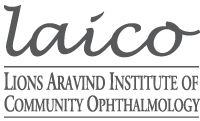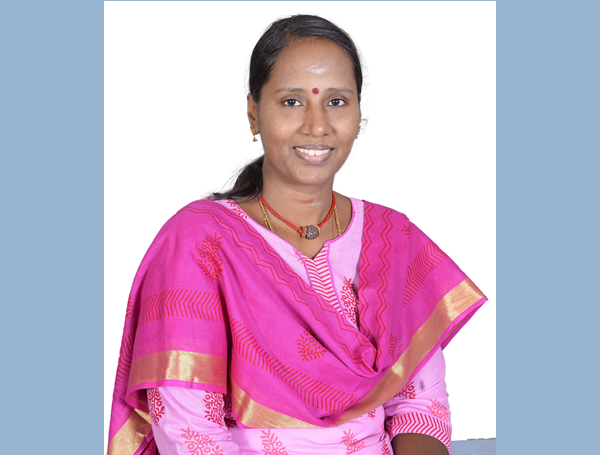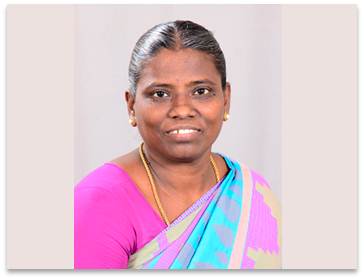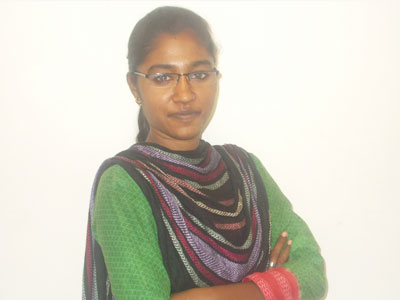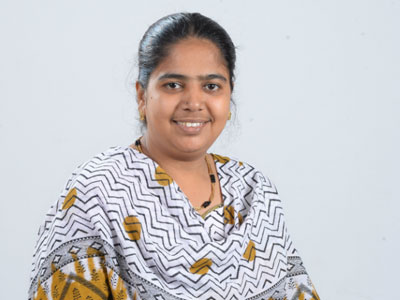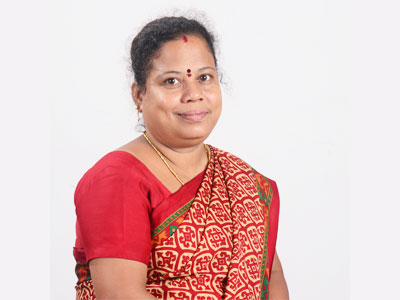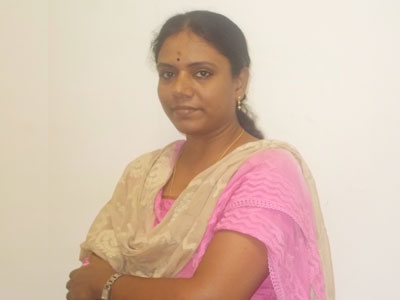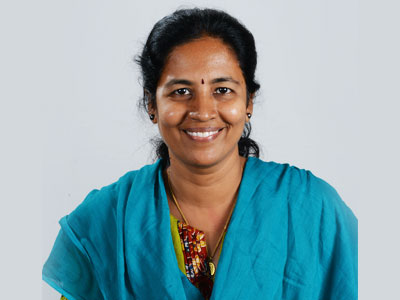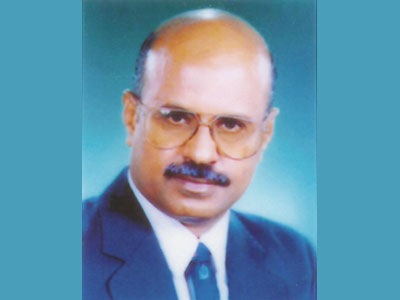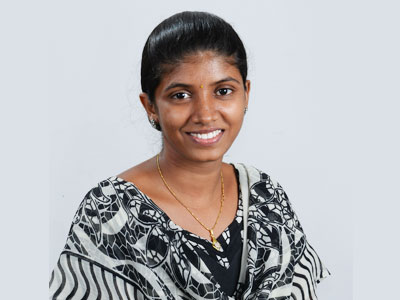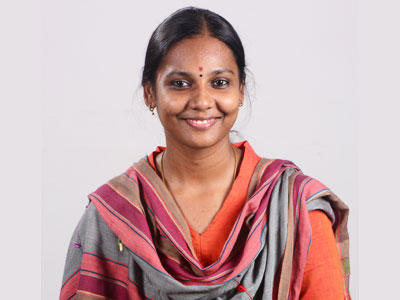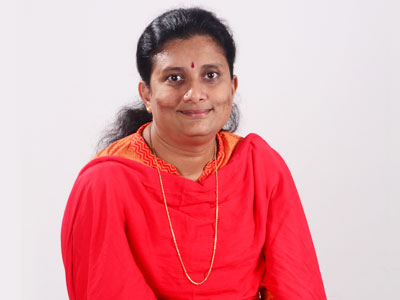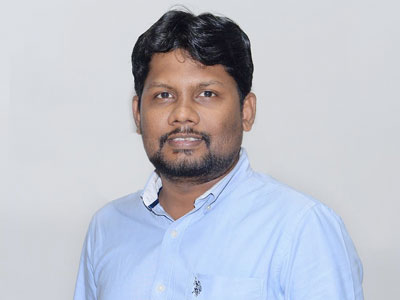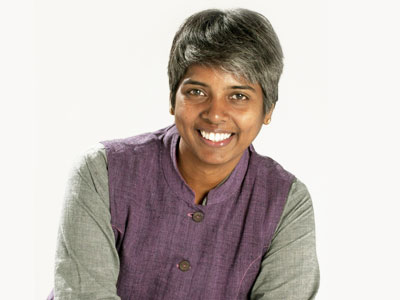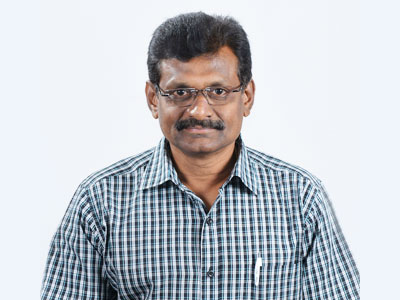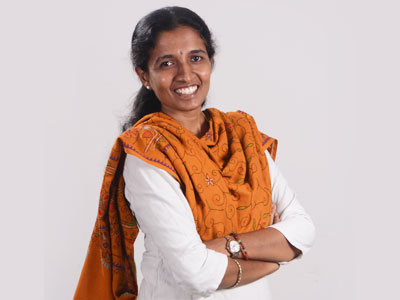Since 1985, Thulsiraj have been involved actively in the several research activities of the hospital both as researcher and research administrator. The following is a list of such major projects:
-
Rapid Epidemiologic Assessment of Cataract blindness for planning eye health services:
A sample survey was done, in an area representative of two districts, using trained eye health workers. Their diagnostic findings were compared with that of ophthalmologists to establish the level of accuracy. Was involved in the development of protocol & budget, design of the study, implementation, data management analysis and report writing.
-
Operations research to reduce barriers to cataract surgery:
This study evaluated alternate strategies to motivate patients with operable cataract. The study covered 90 villages with a sample of about 22,500 individuals. Was associated with the development of protocol, procedure manual and actively involved in the implementation. Was responsible for project management, data management and analysis.
-
Assessing the impact of adequate intake of Vitamin A on morbidity and mortality trends of preschool children in South India:
This was a prospective randomized, double masked clinical trial involving a total of 15,419 children. The study employed about 300 field workers to administer 52 weekly doses and record morbidity details on all the children. In addition a detailed medical examination and anthropomorphic measurements were done at baseline and at end of study. Was involved in the budget development, manual of operations and in implementation. Established the entire data gathering, entry and data management mechanism. Was primarily responsible for the project management, data and logistics of manpower and supplies.
-
Clinical trial to assess the safety & efficacy of vanadium stainless steel sutures:
This again was a randomized clinical trial involving a total sample of 3,400 patients. The study was completed with a 97% follow-up rate. Involved in the implementation, data management and overall project management.
-
Randomized clinical trial to evaluate long term outcomes of PC‑IOL implants as compared to common ICCE method:
This study is presently on-going. The recruitment of 3,400 study subjects and the intervention are complete. The study is designed to have a one year follow-up on all patients and this is nearing completion with over 90% follow-up coverage. Associated in the development of protocol, budget and manual of procedures. Responsible for the integrity of data gathering and its management.
-
Aravind Comprehensive Eye Survey:
This is a population based survey in which 5,000 persons over the age of 40 will undergo a very comprehensive eye examination. The enumeration is done in the field and the individuals are transported to the hospital for a detailed eye examination, which includes visual fields, grading of the lens and examination of the posterior chamber. This is a multi‑centre study with two centres. Involved as the Principal Investigator.
-
Solar UV‑B radiation on the eye:
Temporary advisor to WHO on the issues of solar UV‑B radiation on the eye. Participated in the two workshops held at WHO, Geneva on ‘Effect of Ultra Violet Radiation on the eye’; held from 30th August to 3rd September, 1993 and in March 1994.
-
Cataract intervention evaluation studies:
Member of the Technical Advisory Committee for the WHO sponsored Evaluation of the Cataract Services in Nepal. (1994 – 96) and China (1996-97).
-
The Role of Antioxidants in Cataract prevention:
This is a prospective, double masked, placebo control trial to determine the potential of oral antioxidant supplementation to retard the progression of cataracts in South India for a sample of 800 subjects. This study is presently going on and will continue for a period of 3 years. I am involved in the study as investigator.
-
Vitamin-A Supplementation in New Born (VASIN)
To evaluate the efficacy of vitamin A supplementation of new-born infants (25,000 IU x 2 Doses) on mortality within the first 6 months of life using a community-based distribution outcome assessment strategy. My role in this is co-investigator.
-
Gender study:
Gender Issues in a Cataract Surgical Population in South India- supported by Seva Canada. This was a hospital based cross sectional study conducted over a period of 30 weeks including around 6600 cataract surgical patients. I was a co-investigator in this study.
-
Comparison of spectacle uptake for refractive errors, across multiple delivery systems:
The primary objective of this study is to compare the uptake of spectacles (as a means of refractive error correction) across four different dispensing methods. I was a co-investigator in this study.
-
WHO/NEI Presbyopia study:
The overall objective of this epidemiological research is to assess the prevalence and socioeconomic burden of near visual impairment caused by uncorrected presbyopia. I was the Principle investigator in this study.
Projects & Papers:
Non‑health related:
-
An inventory model for the steel retailing outlets of GUEST KEEN WILLIAMS LTD.
Market share, demand potential and demand pattern for each of their retail outlets were assessed through an extensive market survey. The findings of the survey together with the company’s marketing plans formed the basis for evolving the inventory model.
-
Application of Operations Research in Marketing:
The paper was a survey and consolidation of literature in this area. The topics covered include distribution, warehouse location, pricing and advertising media selection.
-
Automobile Ancillary Industry in India:
This is a comprehensive report on the industry covering all aspects such as Government regulations, raw materials, pricing and discount structures, distribution, problems, etc.
-
Corporate Planning:
A general article on various principles of corporate planning. Chemical Engineering World ‑ August 1978 issue.
-
Integrated inventory System ‑Madurai Management Association(July 1984):
A paper describing a centralized Inventory system that handled multi‑production facilities, supplying products to over 20 sales outlets, raw material inputs numbered over 400 while the finished goods were over 2000 stock keeping units.

